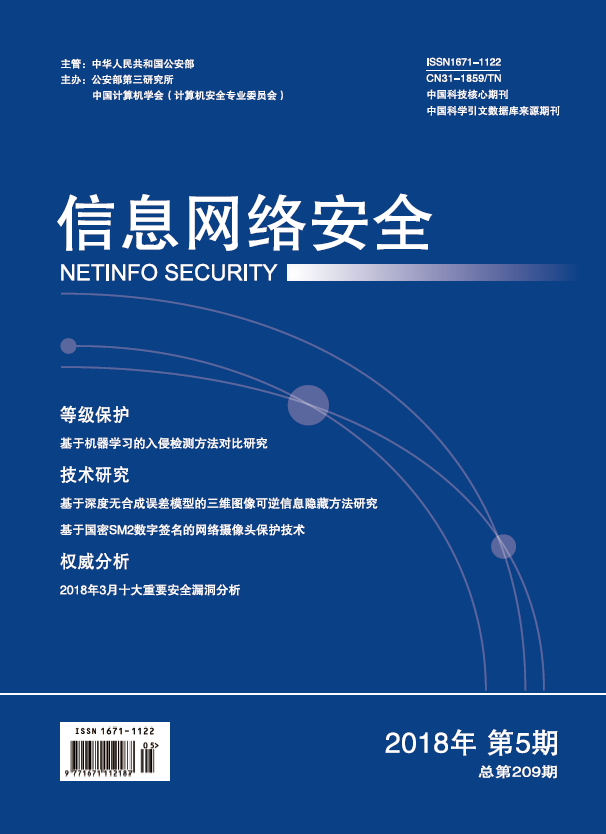In current, a lot of privacy protection algorithms had been proposed, and these algorithms were mainly designed to resist the attack of query probability correlation. As the adversary can utilize the region of the which query is requested much more than other region to guess the real location of the user, these algorithms can provide service to make the sent query has the same probability in multi-locations, so the location privacy of the user is protected. However, these algorithms were mainly designed for the snapshot query, and they all provide a worse performance in continuous query. Furthermore, because of the locations with the same query probability of the user in the continuous query is difficult to be linked, the adversary can be easier to identify the real location or trajectory with the in-contiguous location in anonymity. Thus, in order to cope with this problem, this paper propose a prediction scheme based Markov chain to provide location privacy protection service. In this scheme, the query probability of the continuous query is generalized, and locations with the similar query probability of per-query are attachable. Protected by our scheme, the user can resist the attack of query probability guess as well as the attack of anonymous locations in-contiguous. At last, security analysis and experimental verification are proposed to further verify the superiority of our scheme, and the detail validation procedure and results analysis are also proposed, so the privacy protection ability and the execution efficiency are verified.

